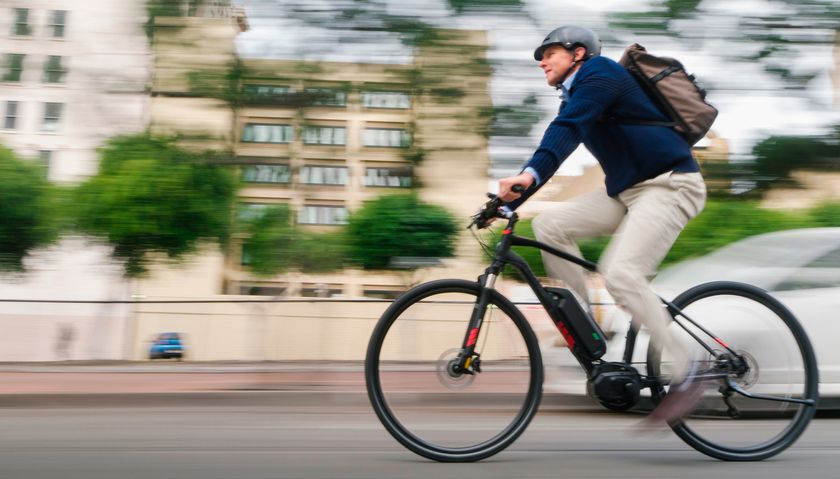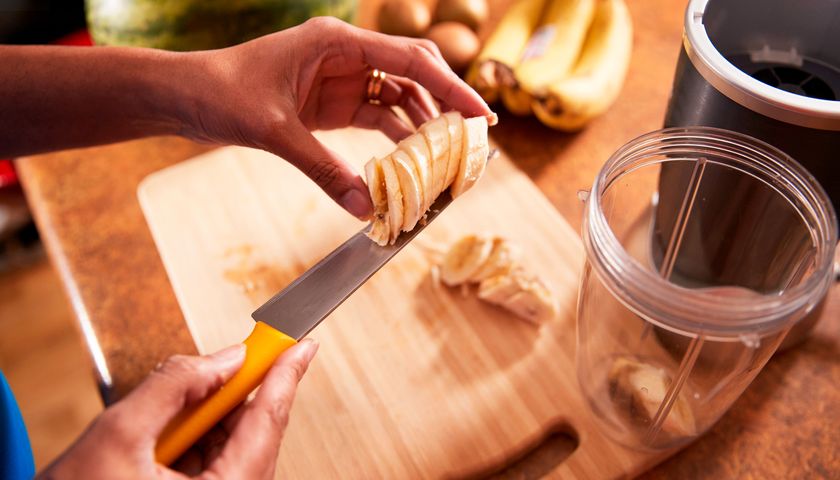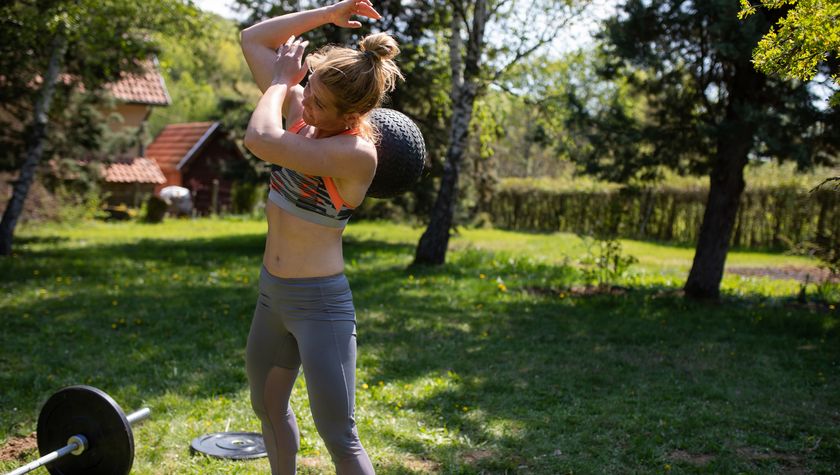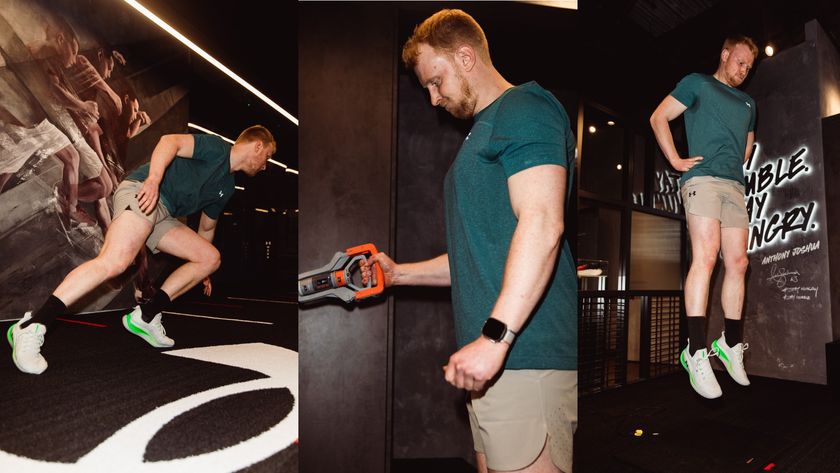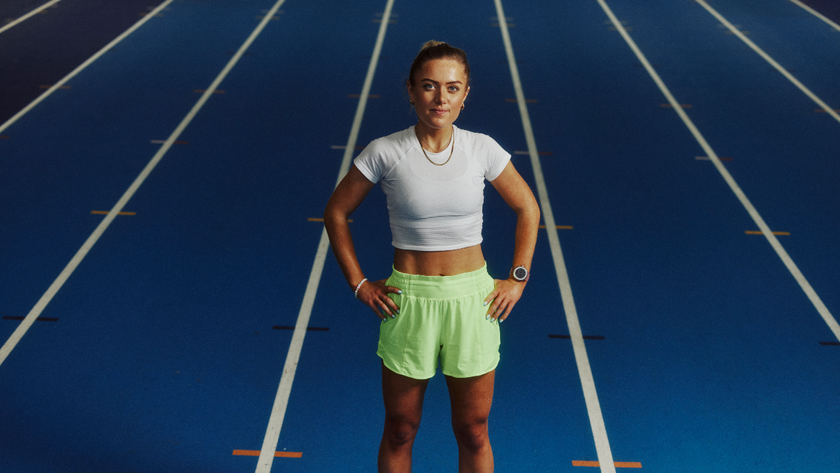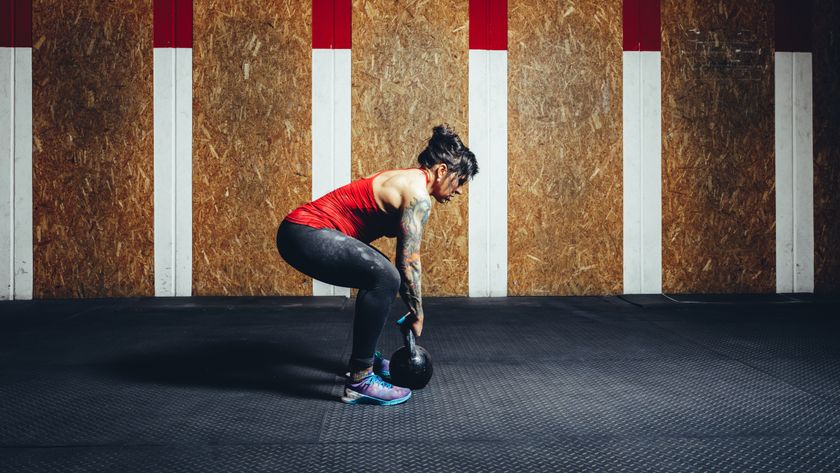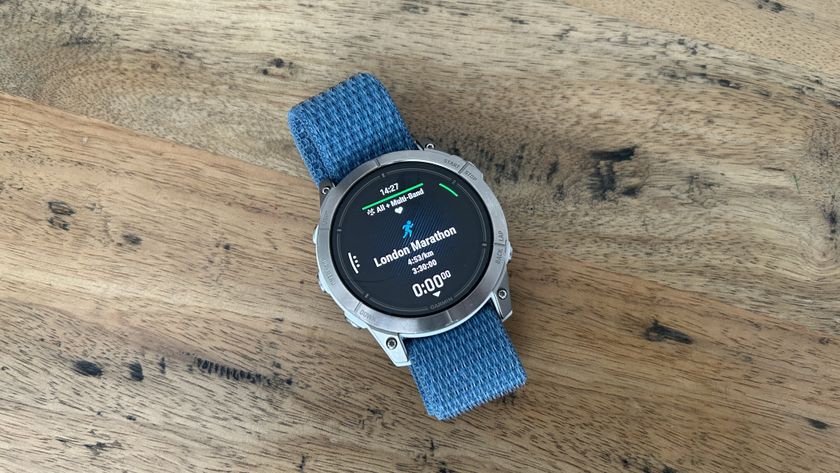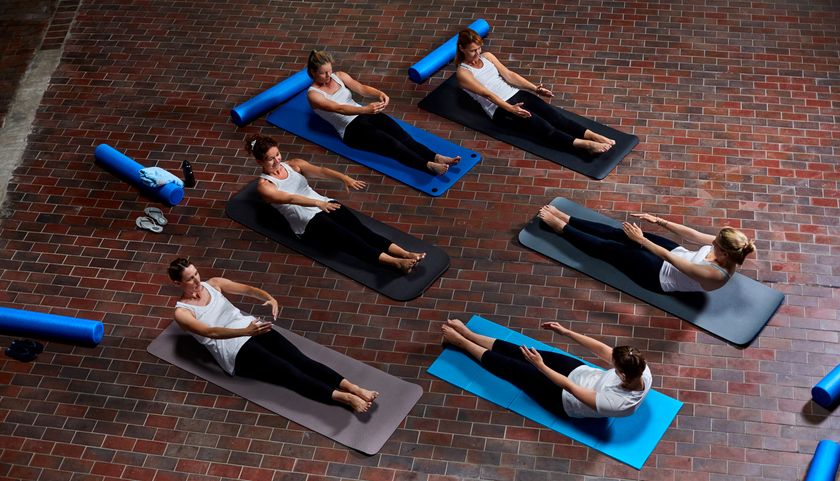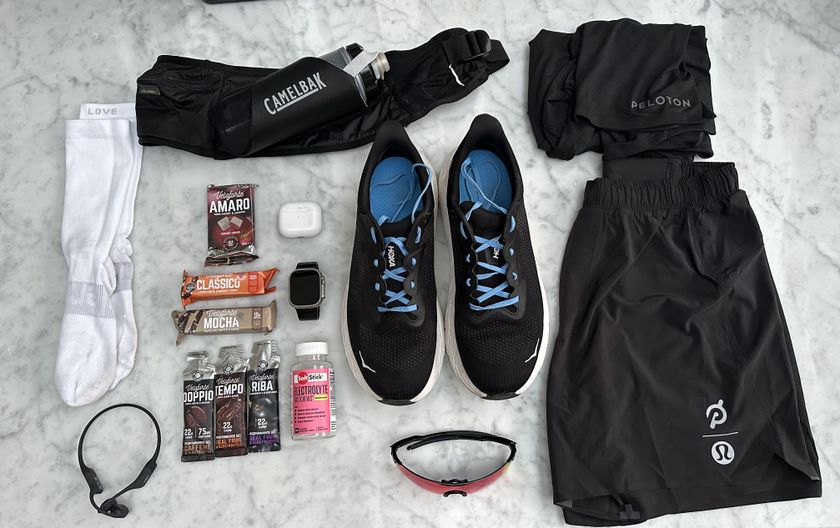How To Cycle Faster For Longer
Long rides can either be a tiring drag or your biggest endorphin rush of the week. Make sure it’s the latter with our expert advice
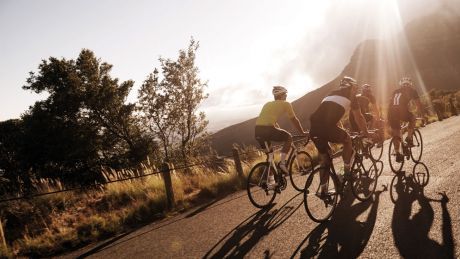
Bikes were essentially invented to make our lives easier – to get us from A to B with less physical effort than was previously required. That, ultimately, is the beauty of cycling: there is no great impact on the body because your weight is supported, which means you can frequently achieve prolonged efforts of four hours or even more.
Elements of strength, endurance and power are all naturally included in any type of ride and, in the words of pro cyclist Conor Dunne, “rather than the confines of a gym, workouts will get you out exploring the great outdoors”.
So whether you’re looking to breach the four-hour mark for the first time, or want get better at the long rides you already do, here’s what you need to do when tackling serious distance.
Pace Yourself
“Ensure that the majority of the ride is in the fat-burning domain,” says Lipski, who coaches some of the UK’s top pro teams. “That means cycling at relatively low intensity and as steadily as possible, then if you have anything left in the tank in the final hour you can up the intensity a little.”
“It can be easy to feel like a cycling god at the start of a ride and after a couple of espressos,” says Dunne. “But rein it in and ride within yourself. Heart-rate monitors and power meters are good for making sure you do this, but if you haven’t got one then just use your head and don’t go too far into the ‘red zone’ too early.”
RECOMMENDED: How To Cycle Faster According To New Book Cycling Science
Tackle Hills Correctly
“Carry as much speed into the climbs as possible,” says Lipski. “On the shorter ones, you can get away with going a little harder and using your speed to get up and over it quickly. But you’ll need to ride the longer climbs well within yourself, using your gears effectively to keep on top of the gradient without going into the red.”
Get the Coach Newsletter
Sign up for workout ideas, training advice, reviews of the latest gear and more.
At 2.03m tall, Dunne is a man who needs to ride hills conservatively. He says this means keeping your cadence (pedalling speed) high and the legs spinning at the beginning of longer climbs – around 90rpm is the sweet spot. “You don’t want to be grinding a big gear around and tiring your legs out.”
Manage Tiredness
“If you’re starting to struggle, try and keep your cadence as consistent as possible, as changing frequently will mean you’re working harder for the same speed,” says Lipski. “Always aim for around 90-95rpm as a target.”
There are ways to restore energy quickly but Lipski advises caution. “Energy gels can be effective, but come with risks [they can cause stomach problems]. And avoid caffeine-based products until the final 60-90 minutes of the ride as there’s an inevitable slump after the boost. I’d recommend that you try out any energy products on a shorter, less important ride first.”
RECOMMENDED: Europe’s 25 Best Cycling Routes
Nutrition Is Key
Some experts no longer recommend carb-loading for endurance sport but, says Lipski, “the bottom line is it works. Aim to consume 8g of carbs per kg of bodyweight the day before a long ride, as this will increase muscle glycogen concentrations and delay the onset of fatigue. Then have 2-3g of carbs per kg of bodyweight about three hours before you start.”
You need carbs during the ride too. Science suggests 60-90g of carbs an hour, but Lipski’s coaching experience has taught him that eating what you want is important. “If that’s ham and cheese sandwiches, fine. Often morale gives in before the body does, so some comfort food can often be a blessing.”
Use Intervals To Get Stronger
Once you’re feeling comfortable on longer rides and looking to improve, start to introduce some intervals to increase power and aerobic capacity.
“Bike-specific leg strength intervals will improve muscular endurance and power,” says Lipski. “Use climbs to do low-cadence intervals in a bigger gear. Concentrating on pressing down from the tops of your thighs, keeping a strict pedalling style and a solid upper body.”
For the more advanced, try what Dunne calls sweet-spot efforts to increase fitness. “Ride at the pace you could just about hold for an hour or so for a few 30-minute efforts in a longer ride. It’ll really boost your fitness.”
RECOMMENDED: How To Smash Your First Cycling Sportive
Use Fat Stores As Fuel
A common tactic employed by athletes across a lot of sports is to do some fasted aerobic activity – before breakfast, for example – to train their bodies to use fat as a fuel source, and cycling is no exception. But, Lipski says, this can be a tricky area. “It isn’t as easy as going out for a ride hungry. This is something I’d recommend working closely with a coach on – these sessions need to be completed at an intensity that is quite specific to the individual, and at TrainSharp we complete several physiological tests to determine the exact intensity to get the most out of fasted rides. If done correctly the benefits are plentiful – it can lead to greater adaptations in fat metabolism.”
Adopt The Optimal Riding Position
- Get your saddle right: Ensure that your saddle height is correct, with your knee very slightly bent at the bottom of the pedal stroke. If your hips are rocking it’s too high.
- Be subtle: Avoid extreme adjustments. If your saddle and handlebars are being pushed to the limits of adjustability for comfort, chances are you need a different frame size.
- Change your hand position: If you’re on a road bike with curly bars, use the tops for climbing, the drops for descending, and the hoods for the flat.
- Ride relaxed: For longer rides, having a slightly lower saddle and higher handlebars will be more comfortable because it puts less pressure on your back.
RECOMMENDED: The World’s Best Cycling Events

